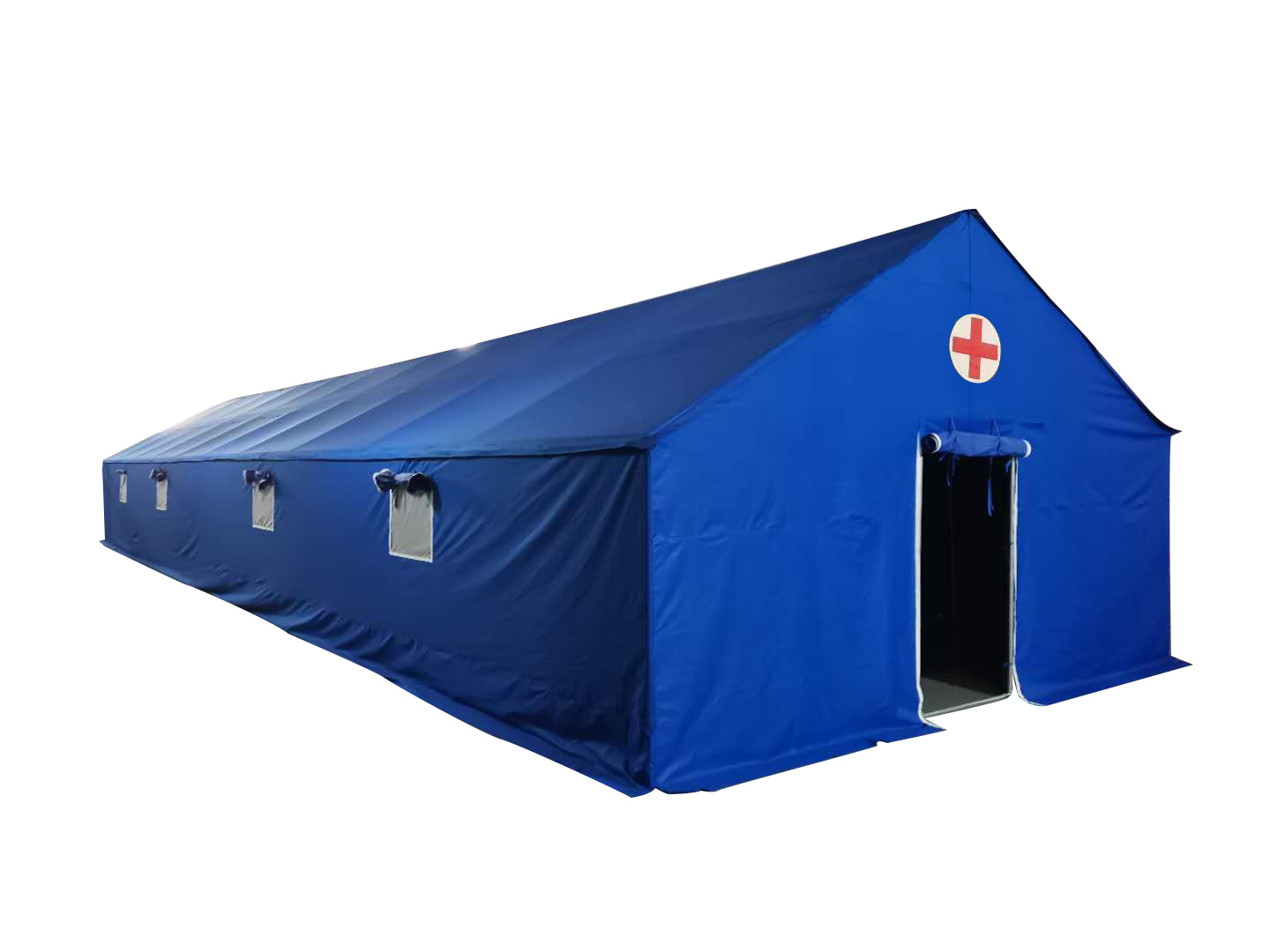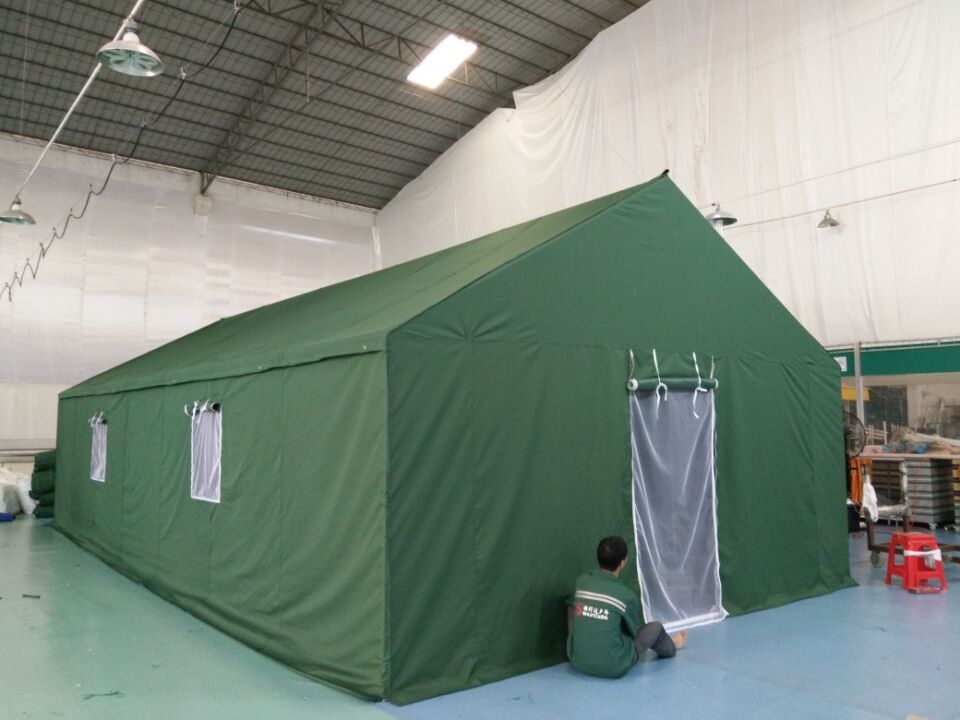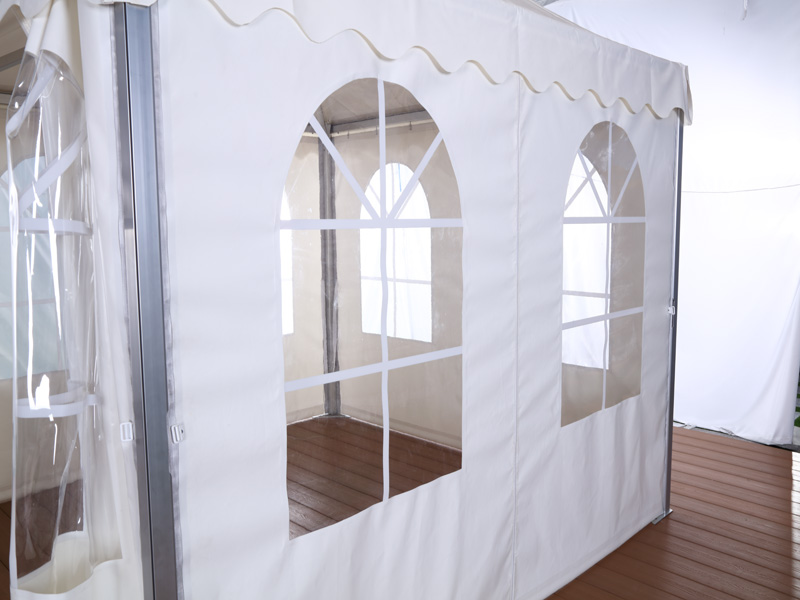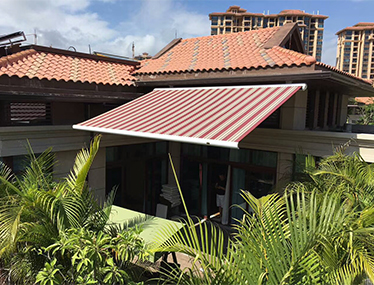In times of disaster and crisis, the provision of shelter is not merely a matter of comfort
but often a matter of survival. Relief tents, often overlooked heroes in humanitarian efforts, play a pivotal role in providing shelter to displaced populations worldwide.
Design and Construction
Materials used in relief tent fabrication
Relief tents are engineered with cutting-edge materials that
combine durability, portability, and weather resistance. High-performance fabrics, such as ripstop nylon and polyester blends, are commonly used for the tent body, offering protection against the elements. Meanwhile, lightweight frame materials like aluminum and fiberglass ensure the tent remains sturdy yet easily transportable.
Innovative design considerations
Modern relief tents are not merely utilitarian structures; they are feats of engineering. Innovative design considerations include modular tent systems that
allow for easy expansion, aerodynamic shapes that enhance stability during high winds, and thoughtful ventilation and climate control systems to ensure the well-being of their occupants.
Deployment and Logistics
Rapid deployment strategies
Efficiency is paramount in disaster response, and relief tents are no exception. Rapid deployment strategies involve
pre-positioning supplies in disaster-prone areas and even air-dropping relief tents into remote regions. These tactics ensure that aid reaches affected populations swiftly.
Shelter management in emergency scenarios
Setting up relief camps is a complex task that involves site selection and preparation,
capacity planning to accommodate varying numbers of refugees, and implementing sanitation and safety measures to prevent the outbreak of diseases. Proper shelter management can make the difference between life and death for those in need.
Adaptability and Specialized Applications
Cold-weather relief tents
In frigid environments, specialized relief tents are designed with insulation and heating solutions
to protect occupants from harsh temperatures. These tents are equipped with advanced insulation materials and heating systems, ensuring a warm and safe refuge for those facing extreme cold.
Tropical and humid environments
For tropical and humid regions, relief tents incorporate anti-mosquito measures to
combat disease-carrying insects. Effective ventilation and cooling systems are also integrated to maintain a comfortable living environment, even in sweltering conditions.
Medical relief tents
In medical emergencies, relief tents serve as field hospitals. They are specifically designed
to meet the unique needs of medical professionals, with features like infection control measures and space for medical equipment. These specialized tents are essential for delivering critical healthcare in disaster-stricken areas.
Sustainability and Future Innovations
Eco-friendly relief tents
Recognizing the importance of sustainability, relief tent manufacturers are developing eco-friendly options. Biodegradable materials are being employed,
reducing the environmental impact of relief operations. Additionally, solar-powered tents are emerging, providing renewable energy sources to occupants.
Technological advancements
The future of relief tents is
bright with technological innovations. Smart tents equipped with IoT capabilities allow for remote monitoring and control of vital parameters. Furthermore, 3D printing technology is making strides in on-site construction, potentially revolutionizing the speed and efficiency of relief tent deployment.
Conclusion
Relief tents are not just simple shelters – they are the embodiment of hope and resilience in times of crisis. Their evolution, adaptability, and sustainability underscore their critical role in
safeguarding the well-being of disaster-stricken populations, making them a beacon of light in the darkest of times.







Leave a comment